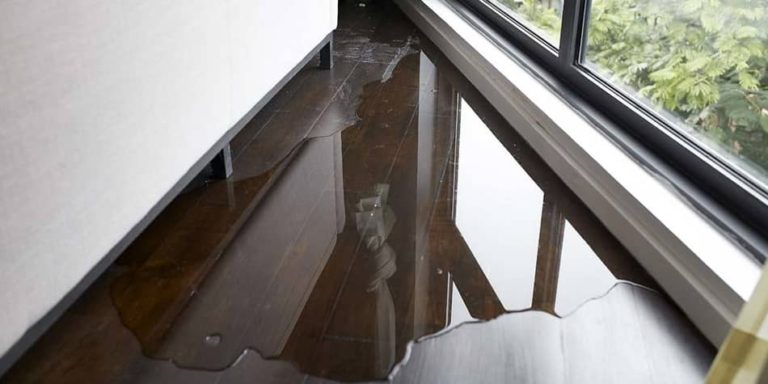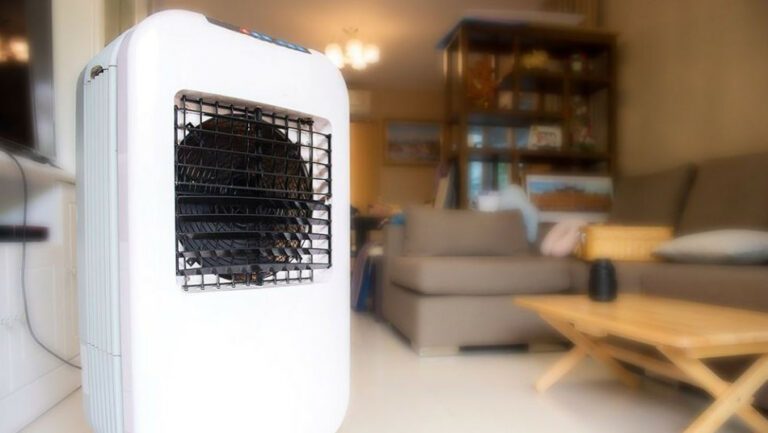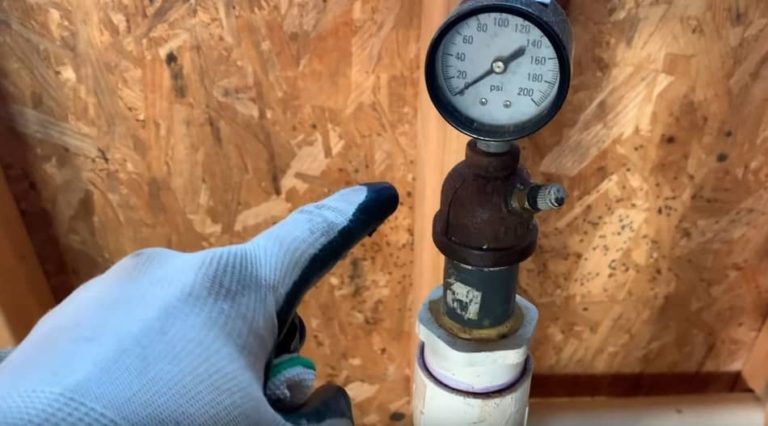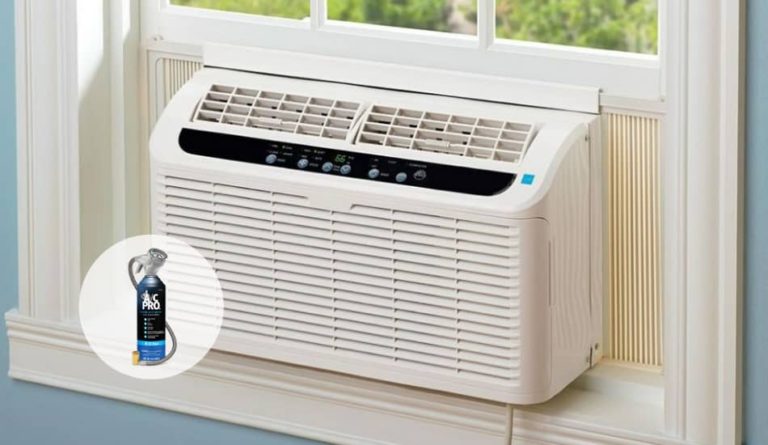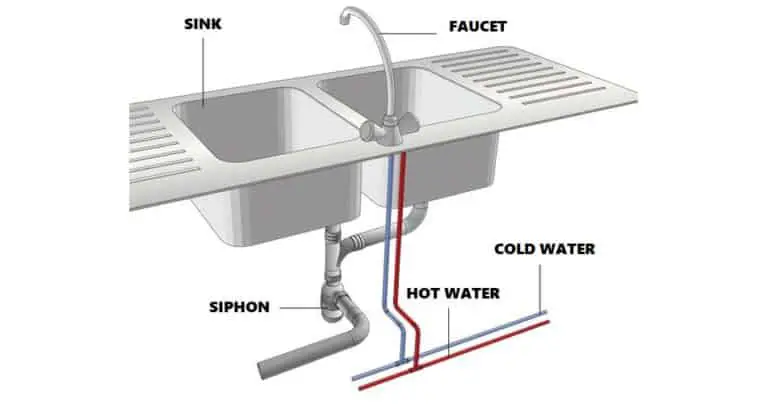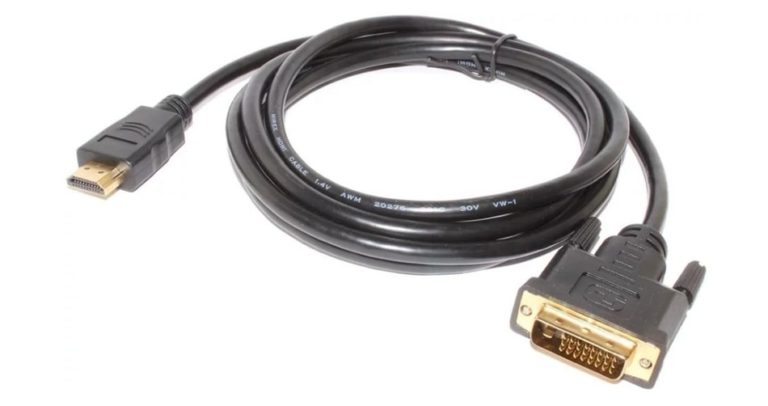How to Repair Window & Room Air Conditioners?
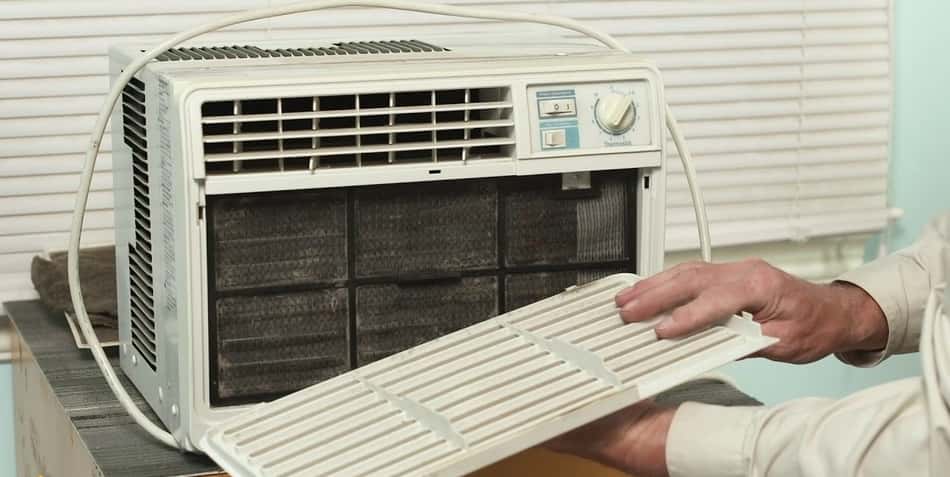
Room or window air conditioners work in the same manner central air conditioners do. They are more likely to cool rooms than the entire home. Even though they are smaller, they are often more costly than central systems.
A motor, a compressor, two fans, and thermostat controls are located between the coils. Dirt may obstruct the functioning of the fan that pushes out cold air, which reduces the efficiency of the evaporator coil, jam filters, and clog drain ports. That’s why it’s the most dangerous enemy of a window unit. Our professional guide to AC repairs will provide you assistance if your window or room air conditioner isn’t cooling or turning on.
The most common problems associated with window and room air conditioners are that they are not cooling adequately, not turning on at all, or producing noise.
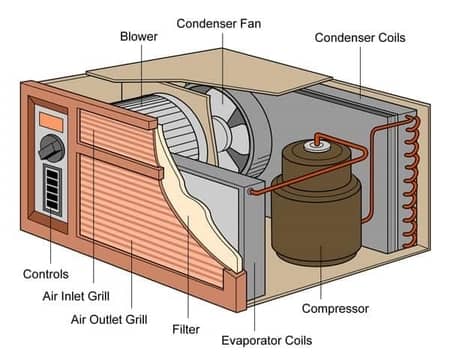
A room air conditioner’s coils, motor, and compressor are all sealed components, thus any repairs should be left to an expert. Minor repairs are possible for you to do, and frequent maintenance can keep your device working well. You may save money on service calls by uninstalling the air conditioner from its mounting and bringing it to the repair shop when major repairs are needed.
Room air conditioners should be secured from the weather throughout the winter. Consider removing the device from its mounting and storing it, or cover the outside of the unit with a professional room air conditioner cover or thick plastic sheeting secured with duct tape.
For those who want to learn more, you can also read 9 Easy Steps To Recharge A Window Air Conditioner.
Table of Contents
Things To Know Before You Begin
It’s a good idea to become acquainted with the different components of your air conditioner before you start working with it. This will let you see and identify which part is faulty and is not keeping your area cool.
- Face panel: This is the plastic or metal cover that is mounted to the front of your air conditioner. It is also called a grille cover. The front panel is the first element that must be removed in order to get closer to the remainder of the air conditioner’s components. The front panel is often secured in place by bolts, clips, and tabs, or both, depending on the device.
- Refrigerant: It is a fluid (in the condenser) or gaseous (in the evaporator) substance that flows between the evaporator and condenser coils of an air conditioner to collect and/or cool heated air.
- Filter: It will be located either within or just behind the front panel. It is a thin, pleated filter that protects individual components of the air conditioner from dust and dirt and cleans the air before it is going back into the room.
- Evaporator: It is located right below the filter and is made out of an evaporator coil (copper tubing) ringed by thin metal fins. Copper tubing contains refrigerant, which converts the heated air in your room into cold air.
- Condenser: Installed at the far rear of the system, and it has the same parts as the evaporator, however, it collects hot air from the room and exhausts it outdoors via a fan (the condenser fan).
- Thermostat: It is connected to the front of the vaporizer. It is in charge of monitoring the room temperature and regulating the air conditioning systems on/off cycle. The thermostat is typically a tiny copper tube that is three to four inches in length.
- Capacitor: It is typically connected to the compressor and fans motor through two electrical connections protruding from the cylinder’s top. The capacitor is a cylinder-shaped device that holds an electrical charge that is used to start and run the compressor and fan motor.
- Compressor fan: Outside air is blown against the compressor coils by the compressor fan to cool them.
- Blower: The blower, which is positioned on the opposite end of the fan, takes heated air from the room and directs it over the evaporator coils to chill it before returning it to the room.
- Compressor: It is usually placed between the condenser and the evaporator and is powered by a compressor motor (internal motor). The compressor compresses the refrigerant, converting it into a hot fluid substance for the condenser and a cold fluid substance for the evaporator.
- Drain pan: It is slanted towards the back of the unit to convey moisture to the drain and keep moisture out of the room. It gathers moisture that is created in the evaporator.
- Drain port: A tiny hollow at the drip tray’s lower back. It’s usually connected to a tiny plastic drain pipe that directs moisture away from your house.
Window Air Conditioner Repair
1) Window AC Not Cooling
When the window AC unit (room air conditioner) is not cooling the room there is a possibility that it may need to be refilled with refrigerant, but it’s more likely that it only needs to be cleaned. The first step in cleaning or repairing the air conditioner will be to dismantle it at least partially. The processes for partial or total disassembly are demonstrated in this video.
You may hire an air-conditioning or appliance repair company, or you can do it yourself. Consult your owner’s handbook before doing the job yourself to ensure you have the necessary knowledge and required skills. If you can’t seem to find your air conditioner’s handbook, use the brand and model number to look for one on the web.
The following is what a standard AC handbook recommends:
- Step 1: Unplug the device and carefully lift it out of the wall or window. If you only want to wipe the filter, the grille and filter should be removable without having to dismantle the air conditioner from its mount. Most grilles simply fall off easily. If you identify that you need to remove the unit to work on it, do that and place it on a stable work area.
- Step 2: Take off the filter and the grille, then make sure to remove the metal cover (being careful with the coil’s fins). Youtube clip above demonstrates the entire process of removing the metal cover
- Step 3: Carefully clean the filter or simply buy a new one. You should be able to find replacement filters online or at a local repair shop for almost every air conditioner.
- Step 4: Clear the area of any dust and debris on the coil’s fins using a vacuum and a soft brush attachment.
- Step 5: Wipe off the device with a cloth and ensure that any drains that enable accumulated water to flow away from the device are open. Leave it to dry out completely.
- Step 6: Lubrication. While the device is disassembled, oil the motor and bearings as directed by the brand’s handbook.
- Step 7: Lastly, reassemble the device and place it in the window.
2) Window AC Compressor Not Turning On
Since window and room air conditioners consume a lot of electricity, it can cause them to function poorly or even fail completely. If you are unable to turn your air conditioner on following these steps:
- Step 1: Before you start, double-check that your unit is connected in and switched on. Make sure the thermostat is set to “cool” and the temperature is lower than room temperature.
- Step 2: By putting in a working lamp or checking the voltage with a voltage tester, make sure the outlet works. Google up electrical wiring Issues for additional information on how to test an outlet.
- Step 3: If the indicator on your voltage tester does not activate, the circuit is most likely overloaded. If that is the case, look for a fuse box or electrical panel. After you found it, try to fix it by restarting the circuit breaker or by replacing the fuse.
- Step 4: If the light however comes on, either thermostat has to be cleaned or repaired, or the switch is malfunctioning.
- Step 5: If you identify that thermostat has to be repaired, see the owner’s handbook. This video also demonstrates a common way for inspecting and cleaning the thermostat:
If none of these steps helped you identify and fix the problem, unplug the unit and call AC to repair professional.
3) Air Conditioner Makes Noise
If your air conditioner is too loud, you might be able to remedy the problem with some simple lubrication. If that doesn’t help, it should be seen by a professional. For additional information on how to lubricate or repair the bearings, please watch the video down below.
Related Article: How To Repair A Pellet Stove? Expert Explain
Window AC Troubleshooting Video
The Youtube video below does a fantastic job of explaining how to diagnose various faults with a window air conditioner. It begins with a discussion of how an air conditioner works to give you some information before you start repairing it, then moves on to various troubleshooting procedures and maintenance.
We really appreciate how he advises using a multimeter’s continuity tester and an ice cube to test whether or not the unit’s thermostat is operating. Even though this video addresses repairing only a leak, if fixing this is outside of your realm, try calling an expert.
When To Hire a Professional Contractor?
There are numerous situations in which simple at-home solutions will not suffice. It is critical to consult a professional if you are experiencing any serious problems with your window air conditioner equipment. Here are a few common difficulties that a professional contractor may help you with. If you’re having other, less odd problems with your system, your local contractor can help you diagnose and resolve these as well.
- If you need someone to oversee the entire project
- If you have never attempted a home improvement project
- If you have a number of tasks that need to be completed
- If you have the funds
- If Permits are required
If you own a wall heater and having a problem with it, read this article, How To Turn On A Wall Heater.
FAQ: People Also Ask
1. What Is The Cost Of Repair A Window Air Conditioner?
The cost of restoring a window air conditioner ranges from $107 to $349, with an average of $228. This includes a price range of $2 to $150 for components, as well as labor at $30 per hour. Repairing your window air conditioner may extend its life for several years before you need to replace it.
2. Is it worth repairing a window air conditioner?
For some people, getting a replacement window unit is preferable to attempting to fix it. If the device is relatively new; it is typically less expensive to replace the unit because manufacturers do not build them to undergo lengthy maintenance.
3. How many years does a window air conditioner last?
Devices are expected to last eight to ten years, but you must first try to solve the issue before replacing it. (If you really need to get rid of anything, check out our guide on getting rid of nearly anything.) To begin, inspect the device’s seal to ensure that heated outside air does not escape inside.


